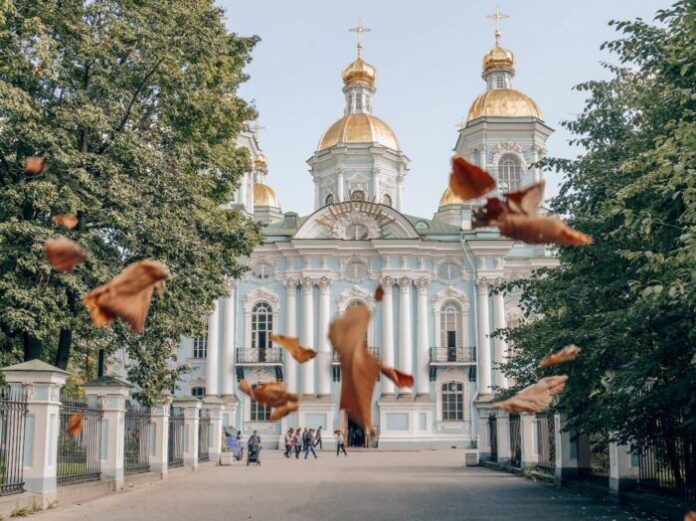
Tomorrow, 18 May 2020, the International Museum Day (IMD) is celebrated, which has been taking place every year since 1977. When we think of museums, we imagine magical places, large spaces and historic buildings where culture reigns supreme, however we rarely think about how much energy these buildings consume.
On average, a museum’s electricity consumption ranges from 780 to 1280 GW per year due to air conditioning systems, safety devices and constant lighting. A considerable expense not only in economic but also environmental terms. However, few gestures would be enough to reduce consumption and make it an eco-sustainable museum, such as installing LED bulbs and systems for the production of renewable energy.
The greenest museum in the world is the Hermitage in St. Petersburg, Russia, which has adopted energy-efficient lamps and manages to save about 55 percent of electricity. In Paris, on the other hand, the Quai Branly Museum (a few steps from the Eiffel Tower) has installed a large vertical garden, an 800sqm vegetable wall that significantly increases the green air of the city, ensuring less heat loss in winter and summer. There are around 15,000 plants of 150 different species from Japan, China, Central Europe and the United States.
Even in Italy there are very significant realities in an eco-sustainable key. MuSe, inaugurated in Trento in 2013, is an eco-sustainable museum famous in Italy and in the world. The Science Museum of Trento, designed by the famous Genoese architect Renzo Piano and his studio Renzo Piano Building Workshop, obtained the LEED Gold certification in 2013, issued by the Green Building Certification Institute of Washington D.C. It is the first Italian sustainable museum to receive this certification.
Attention to environmental sustainability is given by construction techniques and energy savings, as well as by a wide and diversified use of renewable sources. The choice of eco-sustainable materials and construction methods were fundamental, as well as the design of pedestrian paths and transport services that discouraged the use of private vehicles in favor of green mobility. The structure is spread over five floors plus a basement and a tropical greenhouse, a real greenhouse that interprets planetary biodiversity.
In the museum there are photovoltaic and geothermal panels and the system of systems for the operation of the building is centralized and mechanized. A sophisticated system of curtains controlled by temperature sensors is automatically managed to reduce irradiation in the summer hours and facilitate it during the winter days. Natural lighting and ventilation, in some spaces, allow the reduction of consumption and the creation of more comfortable environments. The plant system also makes use of measures that increase forms of energy saving: the tank for the recovery of rainwater has made it possible to achieve savings five times greater than other reference buildings.
The Explora Museum in Rome, mainly dedicated to children, has installed two photovoltaic systems that produce 40 thousand kWh of clean electricity every year. The roofs of the Vatican welcome photovoltaics as a guest: the Sala Nervi in the Vatican satisfies a quarter of the building’s energy demand thanks to 2,400 photovoltaic modules installed on the roof.
The Mart of Rovereto has a special lighting control software which brings savings of 25% on the electricity bill. The first class A museum is the MMM Corones, the sixth and last of the Messner Mountain Museum. Located on the Plan de Corones (2275 m), it is a museum dedicated to traditional mountaineering.
In Florence the Salvatore Ferragamo Museum is an emblem of environmental sustainability. In 2016, the Salvatore Ferragamo Museum was awarded as the first Green company museum in Italy, obtaining the international standard ISO 14064, linked to the reporting of CO2 emissions related to its activities. In recent years, the museum has obtained numerous other certifications regarding the sustainable approaches it has adopted, with the aim of addressing sustainability issues through fashion and art.
In the south, the Pertosa Caves in the province of Salerno have installed a climate monitoring system, with 5 internal stations that record temperature, pressure, humidity and other important values both for the safety of visitors and for the protection of the cave. In addition, they are equipped with an innovative cold light LED lighting system, which has replaced the old halogen system helping to preserve the internal temperature and the underground flora.



































